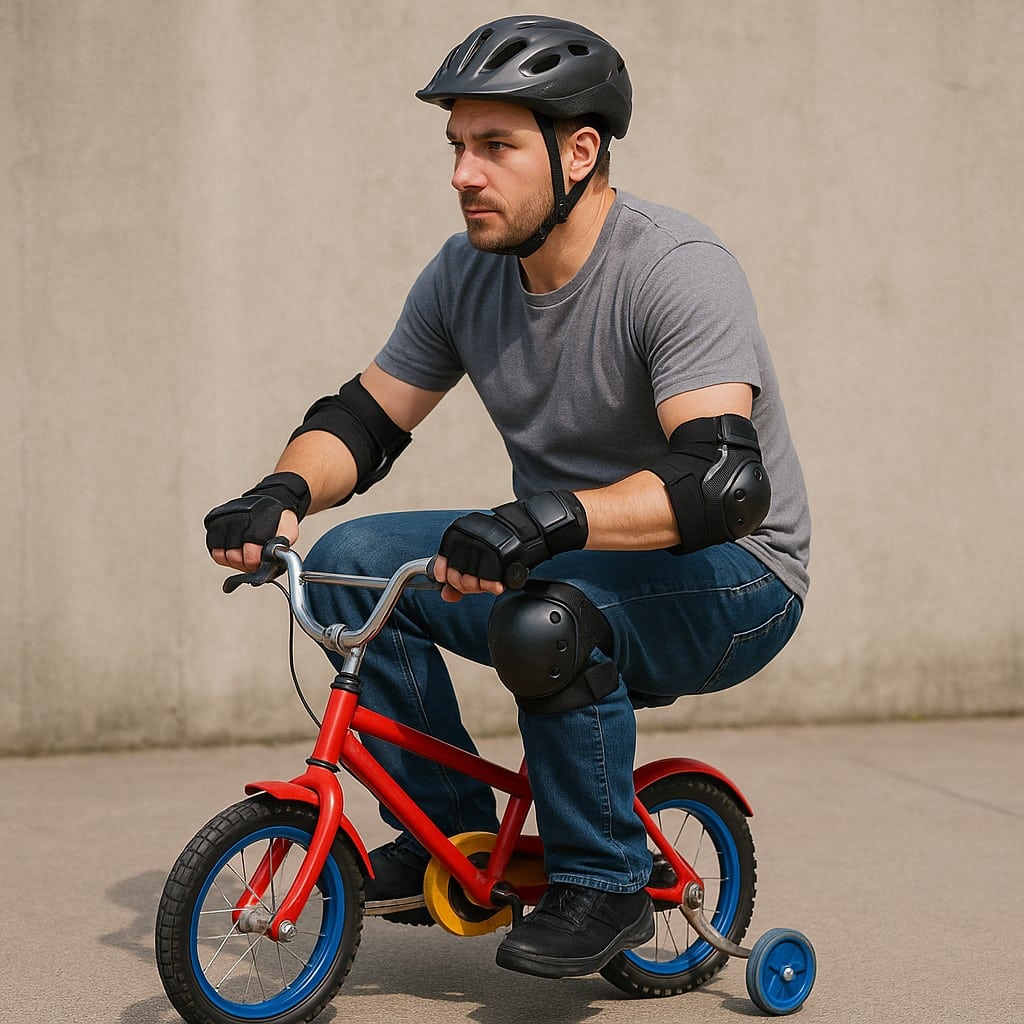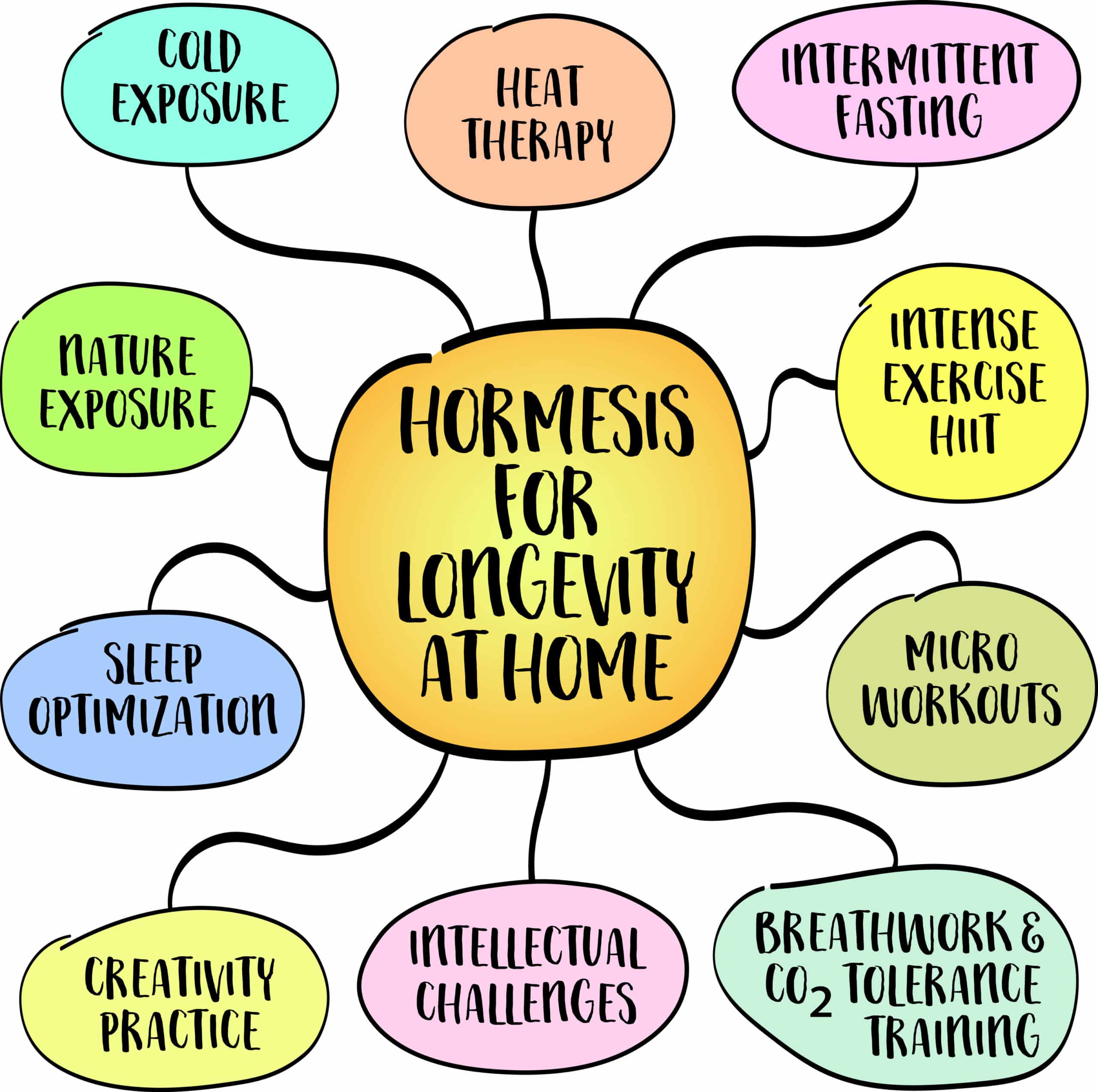We often frame risk tolerance as merely a portfolio question:
“How much volatility can you stomach?”
But it’s more than that. It’s a life question too.
I was reminded of this while watching my 2-year-old recently.
He wanted to do everything his 6.5-year-old brother was doing during an intense game of “the floor is lava” – climbing bilco doors, balancing on wobbly patio furniture, pushing his limits with fearless intensity.
As a parent, I found myself in a familiar mental loop:
What’s the risk of letting him keep going?
He could fall, get hurt, maybe worse.
But also, what’s the risk of stopping him?
I’d be squashing the fun. He’d be crushed. And in doing so, maybe I’d be robbing a little bit of that spark – that agency, confidence, and raw, untamed zeal for life that makes him who he is.
That moment felt like a perfect metaphor for how we navigate risk – not just in parenting, but in life and money.
Every decision carries some degree of risk, whether visible or invisible. And the thing is, avoiding all risk is great, that is, if your goal is to stay exactly where you are. However, if your deepest goal is growth – financial, personal, relational etc. – then some risk is the price of admission.
Thoughtful Risk
Perhaps it goes without saying, but let’s be explicit:
Not all risk is created equal!
Taking on more risk doesn’t automatically mean you’re being brave or bold – it might just mean you’re being reckless.
That’s where intention comes in.
Thoughtful risk – calculated, aligned, meaningful – is how we build a life that’s both rich and resilient.
Aligning Risk With Your Long-Term Financial Plan
- Cash feels safe, until you zoom out.
Cash offers stability. It doesn’t drop 20% overnight and it wont keep you up during bear markets. It feels like a safe harbor.
But safety in the short term often comes at a steep cost over the long term.
Since 1928, after adjusting for inflation, real returns were:
- Stocks = 6.8%
- Bonds = 1.6-1.9%
- Cash = 0.3%
Based on real (inflation-adjusted) returns from 1928-2024:
- $100 in cash in 1928 would have grown to $133.
- $100 in stocks in 1928 would have grown to $55,315.
When you zoom out, cash – while essential in any financial plan – isn’t a long-term safety strategy. It’s a recipe for stagnation. Over decades, it’s often a guaranteed way to fall behind.
- Big declines are inevitable, and markets recover.On average, the S&P 500 experienced:
- a correction once every 2yrs (10%+ drawdown)
- a bear market once every 7yrs (20%+ drawdown)
- a crash once every 12yrs (30%+ drawdown)
Yet, long-term annualized returns remain remarkably strong.
When you buy during a 15% or deeper drawdown in the S&P 500 – a time that feels incredibly risky – history shows the average forward returns are compelling over the next 1, 3, 5, and 10 years.
In fact, every 10-year stretch following a 15% drop has yielded positive gains.
3. Diversification goes beyond asset classes
At this point, it’s hopefully clear that all financial risk is relative.
The real key to financial risk taking is diversification. And this goes beyond simply landing on the right ratio of stocks and bonds.
In an “immortal financial plan,” you diversify across time horizons (short-, medium-, and long-term goals), account types (taxable, tax-deferred, and tax-free), and emotional roles (security, predictability, opportunity, and legacy).
Diversification helps you stay invested and intentional even when the markets are noisy.
Why Thoughtful Risk Matters (Financially and Personally)
When your portfolio + broader life strategy are deeply aligned with your long-term values and goals:
- You accept and bounce back from setbacks. You don’t panic-sell a falling market – and you don’t step away from ambitious pursuits after the first failure.
- Short-term discomfort becomes part of a larger purpose. Drawdowns and risk become signals, not show-stoppers.
- You stay in the game long enough to benefit from the compounding of growth. Over decades, recoveries and gains multiply in ways that short-term views can’t capture.
Final Thoughts
Risk isn’t something to eliminate – it’s something to understand, calibrate, and align with your goals.
Whether you’re managing your portfolio or making life decisions:
- STOP asking: “How do I avoid risk?”
- START asking: “What risks are worth taking for the life I truly want?”
Cash and comfort may feel safe today, but leaning too heavily onto cash can quietly cost you tomorrow.
On the other hand, thoughtful, intentional risk that’s anchored in your values and long-term vision can lead to greater resilience, growth, and fulfillment.
So don’t just play not to lose.
Because the point isn’t just to survive uncertainty.
It’s to grow through it.



